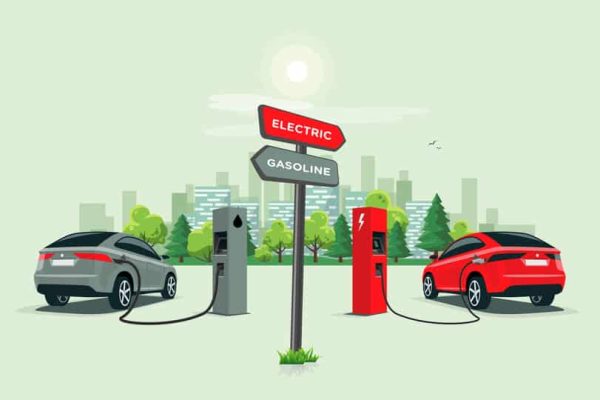Maine Popultion Refusing to Swith to Renewable Energy
The fate of Hydro- Québec’s 1 billion $US connection line went ahead to Maine’s Supreme Court, which will have to decide whether to validate the design though a majority of voters in the state rejected it.
59% of Maine choosers suggested against the design which includes a 336 km power line that would bring electricity from Quebec to Massachusetts.
A new 85 km section must be constructed through the Maine forestland to reach the Quebec border, but voters did not want the line running through their state.
But Quebec’s hydro mileage and its mate, New England Clean Energy Connect( NECEC), say the vote results are unconstitutional. They say the design has an acquired right to move ahead, as NECEC has formerly spent nearly 450 million US $ on the offer, which is about 43% of its awaited costs.
Critics contend the environmental benefits are exaggerated and that the design would forever change the forestland. Sympathizers, meanwhile, argue bold systems are necessary to battle climate change and that the electricity is demanded in a region heavily reliant on natural gas.
The contract was anticipated to bring in nearly 10 billion$ in profit over 20 times for Quebec’s mileage, which has said the design would reduce hothouse feasts by three million tones, the fellow of taking buses off the road.
Maine’s Supreme Court is hearing two prayers involving the hydro design. Originally, the court has to decide whether the vote results are unconstitutional. Secondly, the court is being asked to greenlight permits for a 1.6 km portion of the line, which a Maine Superior Court judge abrogated, indeed though the state government first granted the permits in 2014.
NECEC is contractually obligated to complete the line by Aug. 23, 2024, but could extend that deadline by a time for a penalty of 10.9 million $US. The design was firstly listed to be completed by the end of 2022.
However, Hydro- Québec estimates that it’ll have to record a loss of 536 million$ if the design does not go ahead.






